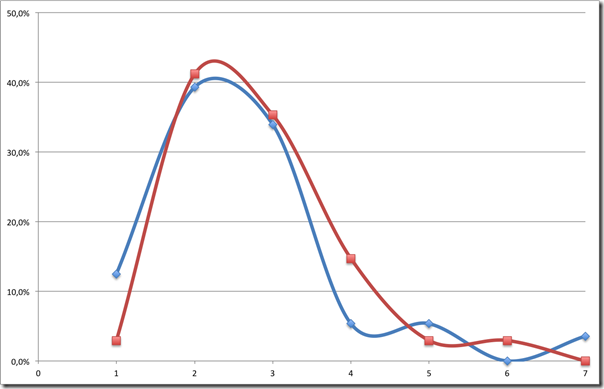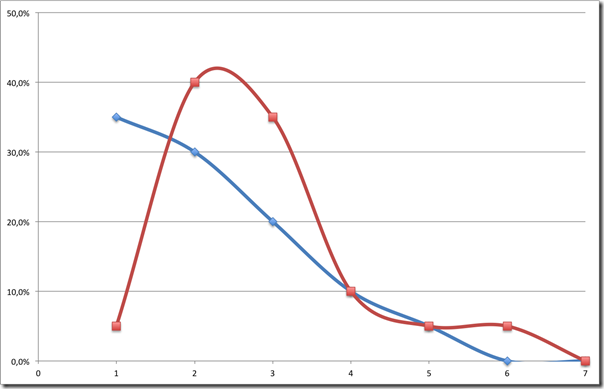How many people have completed 12 IMs and will now be able to get a slot for Ironman Hawaii?
Changes to the lottery system
The guys at IMTalk scored a real scoop this week. The day after the Kona race they interviewed Andrew Messick, the new CEO of WTC, the company who owns the Ironman brand and runs most of the Ironman races. In the interview (listen to the full interview here, the announcement regarding the lottery starts at 22:50) he announced that
“We’re changing how our lottery works. For athletes who have done 12 or more Ironman over their career – and who are still racing – we are going to guarantee that they have a chance to race Kona.
Andrew also announced that when you’ve entered the lottery and get not picked, you will get an extra chance when you enter the next lottery. In my opinion, these are very smart moves on their part, again encouraging people to continue to participate in Ironman races (or the lottery) and choosing one of their races instead of a Challenge or Rev3 race. (On a more personal note, this may give me a chance to get to Kona, but I would still have to finish 10 more IMs.)
Analyzing the data
This change in the lottery system prompted Thomas Peoples to send me an email with the following issue:
I’m interested to see how many people have completed more than 12 IM races for this new lottery system.
I don’t really have all the required data to do a proper analysis:
- As I focused on PROs, I don’t have the agegroup results for all races (for about probably about 1/3 of races I only have PRO results).
- My results only go back to 2005.
- It is tricky to properly match results from different races, for example there are differences in spelling or the handling of special characters (technically “synonyms”). (Are Andi Boecherer and Andreas BÖCHERER the same athletes?) Especially on the female side, athletes change their names after marrying (two notable examples are Bella Comerford/Bayliss and Marilyn McDonald/MacDonald).
- One other issue is “homonyms” – different athletes with the same name. For example, there are probably more than one “Peter Brown” or “David Smith”.
But even with these caveats, I did some analysis. I have 55 athletes that with my limited data have 12 or more races. When I look for athletes that have 8 or more races (as I only have age group data for 2/3 of the races), I get 339 athletes.
This number has to be reduced by subtracting the athletes that have already participated in Kona. As I currently don’t have age group results for Kona, I have resorted to looking at the finishing time for the athletes and remove the “fast” athletes. If I define “fast” as having at least one result of under 10 hours (probably allowing them to be in the mix for a Kona slot) and remove all of these athletes, I’m still coming up with 273 athletes.
With all the uncertainties mentioned, my guess is that the number of athletes eligible for an automatic slot is about 250.
How is WTC going to handle this?
It will be interesting to see how WTC is going to handle these issues. At least based on their public facing data, they do not have a “unified customer view” across all their different races. (Although it would be quite valuable information for them – how many “repeat customers” do they have?) Therefore, I assume that when you try to claim your “12 IM slot” you will have to submit a list of your IMs which they would manually cross-check against results in paper, HTML, PDF or maybe even in a database. They would also need to have a way to make sure that these athletes have not been on the IM Hawaii start list (or finished?). One can only hope that WTC has the necessary data available and that they diligently check the claims before assigning a “12 IM slot”. I would be very interested in a “look behind the scenes” on how they plan to handle this issue.

